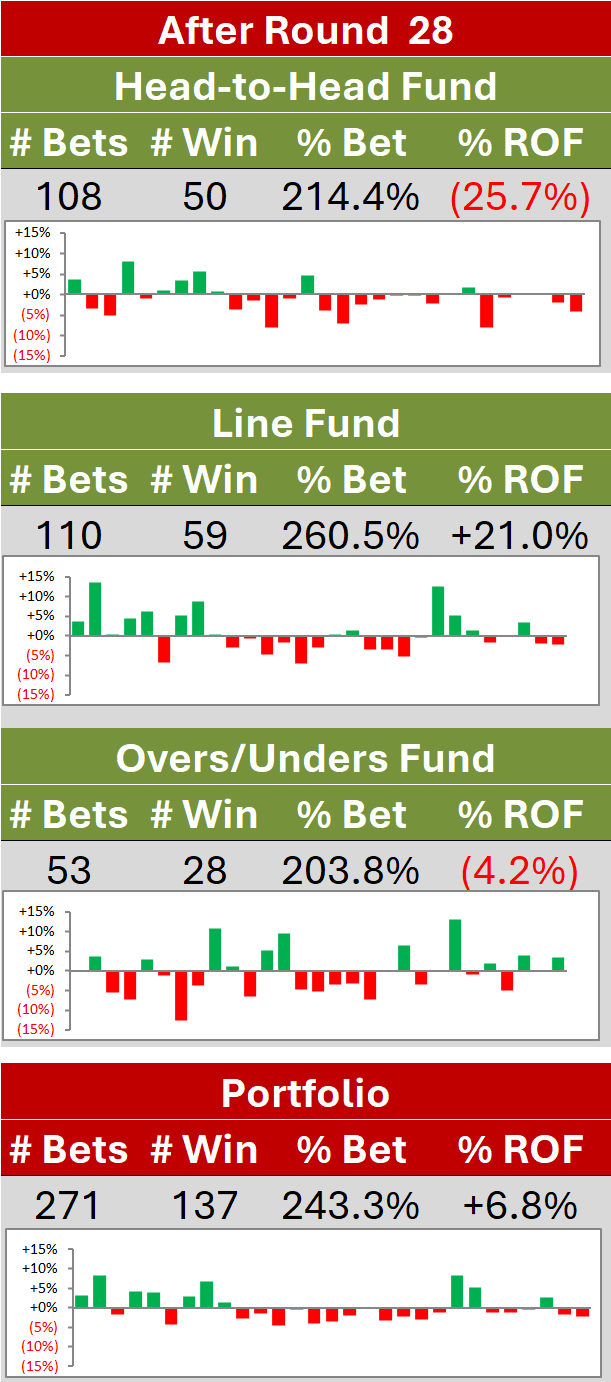An Analysis of Strength of Schedule for the Men's 2026 AFL Season
/The men’s AFL fixture for 2026 was released this last* week and, as is tradition, we’ll analyse it to see which teams we think have done better or worse than others.
In particular, we’ll look for answers to two questions:
Which teams fared best and which worst in terms of the overall difficultly of the teams they face in their schedule (the Strength of Schedule analysis) before and after adjusting for venue effects? Our measure here will be the MoSHBODS Combined Ratings of a teams’ opponents, which we’ll adjust for venue effects for the supplementary analysis
Which teams fared best and which worst in terms of the matchups they missed out on given that only 23 games out of a possible 34 all-plays-all fixture are played (the Impact of Missing Schedule analysis)? Our measure here will be how much more or less likely would each team be to finish in the Top 10 ladder positions were the missing parts of the fixture actually played.
(* the final set of simulations took days to run - I won’t get into why)
Read More
